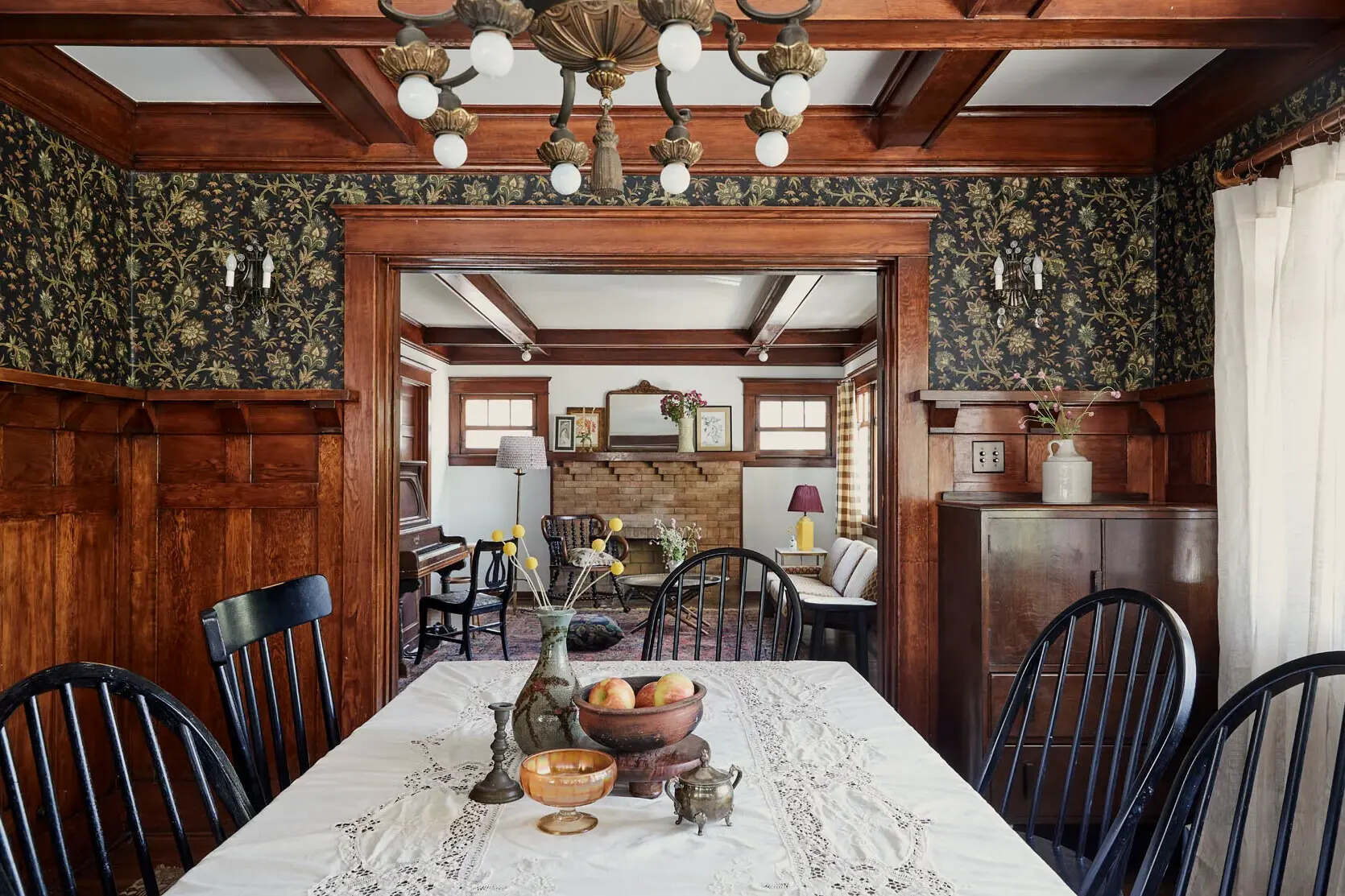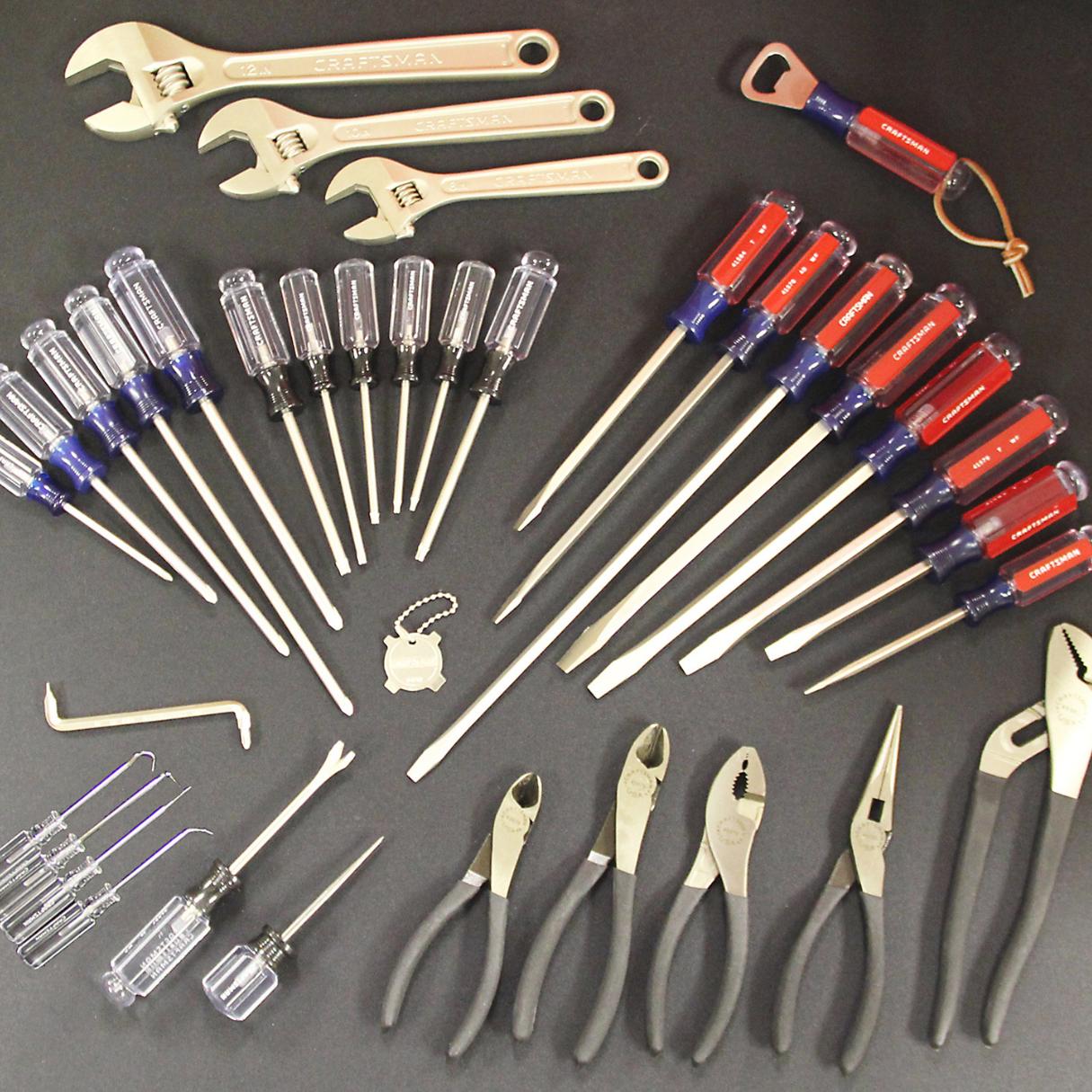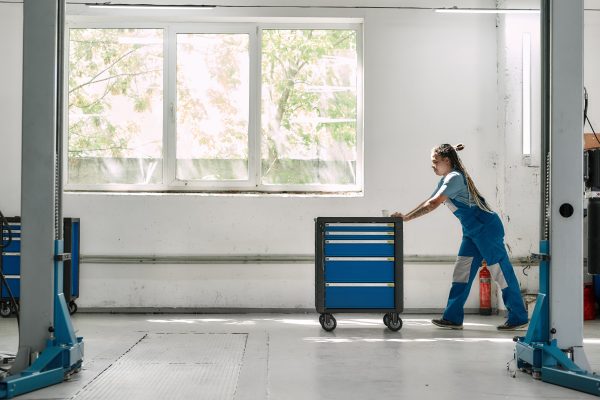Home>Ideas and Tips>Lost Techniques Of Craftsman-Style Woodworking


Ideas and Tips
Lost Techniques Of Craftsman-Style Woodworking
Published: October 18, 2024
Discover the lost techniques of Craftsman-style woodworking, emphasizing hand tools, joinery, and natural materials for timeless, high-quality craftsmanship.
(Many of the links in this article redirect to a specific reviewed product. Your purchase of these products through affiliate links helps to generate commission for Storables.com, at no extra cost. Learn more)
The Craftsman movement, which emerged in the late 19th and early 20th centuries, was a significant architectural and design movement that emphasized handcrafted artisanship, natural materials, and the honest expression of structure and materials. One of the core aspects of this movement was woodworking, which played a crucial role in creating the distinctive furniture and architectural elements that define Craftsman style. However, over time, many of these traditional woodworking techniques have been lost or forgotten. This article aims to delve into the history of Craftsman-style woodworking, explore its key techniques, and discuss why these skills are important to regain.
The Origins of Craftsman-Style Woodworking
The Craftsman movement was deeply influenced by the Arts and Crafts movement in Britain, which sought to challenge the industrial revolution's emphasis on mass production by promoting handcrafted goods. In the United States, this movement was further influenced by architects and designers such as Frank Lloyd Wright and Gustav Stickley. Stickley, in particular, was instrumental in popularizing Craftsman-style furniture through his magazine "The Craftsman," which featured articles on various aspects of arts, architecture, design, and culture of the period.
Read more: What Is A Craftsman Style Table?
Key Techniques of Craftsman-Style Woodworking
-
Hand Tool Mastery
- One of the defining characteristics of Craftsman-style woodworking is the use of hand tools. Skilled craftsmen would spend countless hours mastering the use of tools like chisels, planes, and saws. The precision and control required to work with these tools were essential for creating intricate designs and smooth finishes.
-
Joinery
- Joinery techniques were central to Craftsman-style woodworking. Methods like mortise and tenon joinery, dovetailing, and dado joints were used extensively. These techniques required great skill and patience but resulted in strong and durable joints that added to the overall aesthetic of the piece.
-
Wood Selection
- The selection of wood was crucial in Craftsman-style woodworking. Craftsmen favored natural materials like oak, maple, and pine for their durability and aesthetic appeal. The grain pattern and texture of the wood were often left visible to emphasize its natural beauty.
-
Finishing Techniques
- Finishing techniques were also highly developed in Craftsman-style woodworking. Craftsmen would often use natural oils and waxes to enhance the color and texture of the wood. The process involved multiple coats applied over several days to achieve a rich, polished finish.
-
Design Philosophy
- The design philosophy behind Craftsman-style woodworking emphasized simplicity, functionality, and honesty in materials. Each piece was designed to serve a purpose while also being aesthetically pleasing. This approach reflected the movement's focus on creating functional art that was accessible to everyone.
The Role of "The Craftsman" Magazine
Gustav Stickley's magazine "The Craftsman" played a pivotal role in disseminating knowledge about woodworking techniques during the early 20th century. The magazine featured articles on various aspects of woodworking, including furniture making, cabinetry, and interior design. It also included instructional series like "Home Training in Cabinet Work," which provided detailed instructions for making furniture pieces from scratch.
The Decline of Traditional Woodworking Skills
Despite its significance during the Craftsman movement, traditional woodworking skills have largely been forgotten in modern times. Several factors contributed to this decline:
-
Industrialization
- The rise of industrialization led to the mass production of furniture and other wood products. This shift made handcrafted items less necessary and less affordable for the average consumer.
-
Technological Advancements
- The advent of power tools and machinery significantly reduced the time and effort required for woodworking tasks. While these advancements increased efficiency, they also led to a loss of skill and craftsmanship.
-
Changing Lifestyles
- As lifestyles became more urbanized and fast-paced, there was less time for traditional crafts like woodworking. The emphasis shifted from handmade items to mass-produced goods that were cheaper and quicker to produce.
Regaining Lost Techniques
In recent years, there has been a resurgence of interest in traditional crafts like woodworking. This revival is driven by several factors:
-
Desire for Quality
- Many people today are seeking high-quality, durable items that are built to last. Traditional woodworking techniques offer a level of craftsmanship that is unmatched by modern mass-produced goods.
-
Sustainability
- The use of natural materials in traditional woodworking aligns with the growing trend towards sustainability. By choosing wood products that are made from sustainably sourced materials, consumers can reduce their environmental impact.
-
Aesthetic Appeal
- The unique aesthetic appeal of handcrafted items is another reason why people are turning to traditional woodworking techniques. The imperfections and character marks that come with handcrafted pieces add a level of authenticity that is often missing from mass-produced items.
Read more: Where To Buy Craftsman Hand Tools
Modern Applications of Craftsman-Style Woodworking
While traditional techniques are essential for understanding the history and philosophy behind Craftsman-style woodworking, they can also be adapted for modern applications:
-
Custom Furniture Making
- Many modern furniture makers are incorporating traditional techniques into their work. By combining old methods with new materials and designs, they create unique pieces that blend functionality with aesthetics.
-
Restoration Projects
- Restoration projects often require a deep understanding of traditional woodworking techniques. By using these methods, restorers can preserve the original character of historic buildings while ensuring their structural integrity.
-
Educational Programs
- Educational programs focused on woodworking are becoming increasingly popular as people seek to learn these lost skills. These programs not only teach technical skills but also promote a deeper appreciation for craftsmanship and the value of handmade items.
Conclusion
The Craftsman movement's emphasis on handcrafted artisanship and natural materials has left a lasting legacy in the world of woodworking. While many traditional techniques have been lost over time, there is a growing interest in regaining these skills. By understanding and practicing these techniques, we can not only preserve our cultural heritage but also create items that are both functional and aesthetically pleasing. Whether you are a seasoned craftsman or just starting out, learning about Craftsman-style woodworking can enrich your understanding of this beautiful craft and inspire you to create something truly special.
In conclusion, the lost techniques of Craftsman-style woodworking are not just historical relics but also essential skills for creating high-quality, durable items that reflect a deep appreciation for craftsmanship. By regaining these skills, we can continue to honor the legacy of the Craftsman movement while contributing to a more sustainable and aesthetically pleasing world.
Was this page helpful?
At Storables.com, we guarantee accurate and reliable information. Our content, validated by Expert Board Contributors, is crafted following stringent Editorial Policies. We're committed to providing you with well-researched, expert-backed insights for all your informational needs.















0 thoughts on “Lost Techniques Of Craftsman-Style Woodworking”